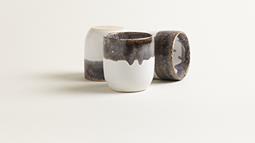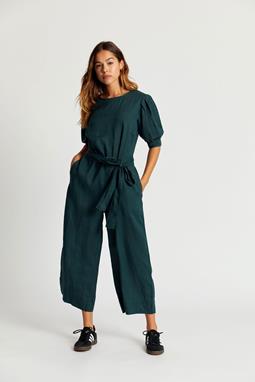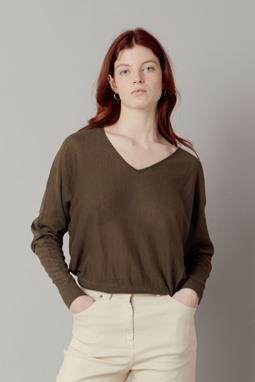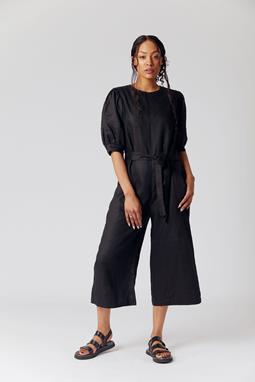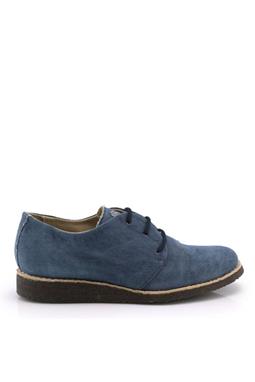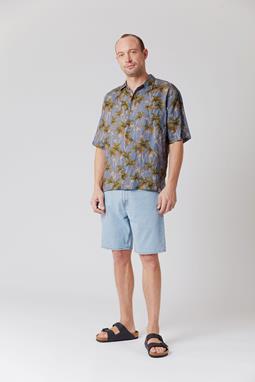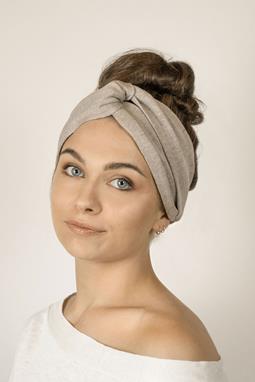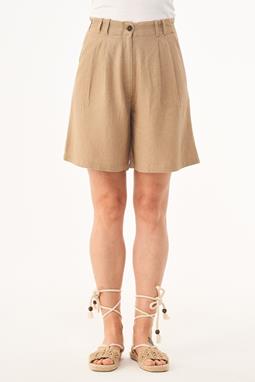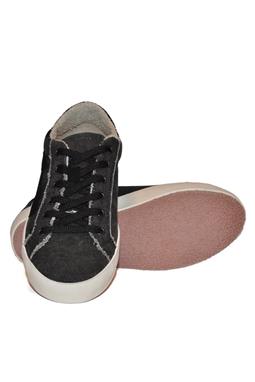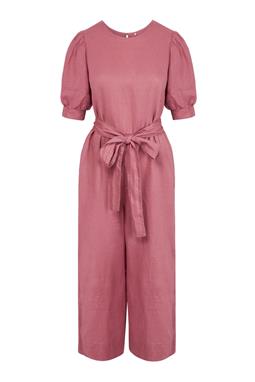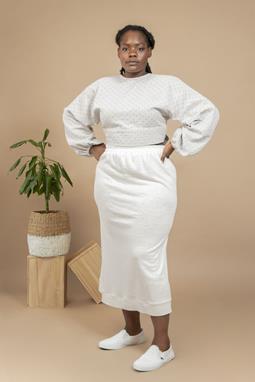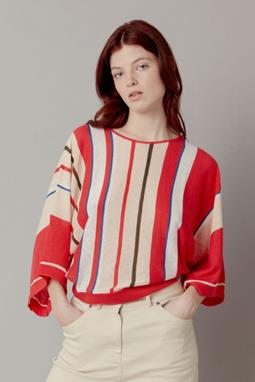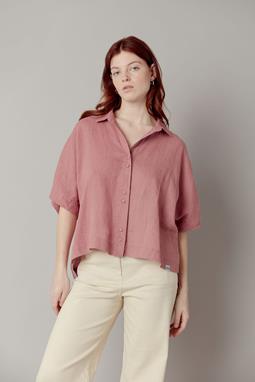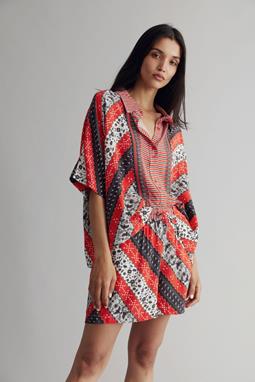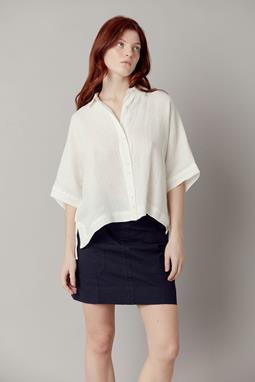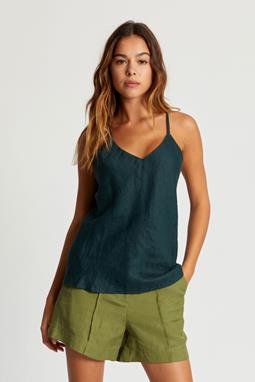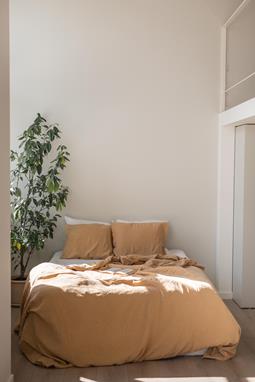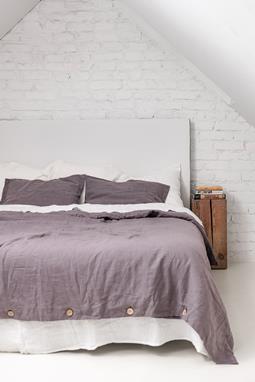 Vegan, fair & sustainable shopping in The United Kingdom 4.8
Vegan, fair & sustainable shopping in The United Kingdom 4.8 



 Check out reviews
Check out reviewslinen, organic
127
results
Filters
Price
to
Materials
Certifications
Shipped from
Recommended
New
Lowest Price
Highest Price
127 results

5% discount, in-depth articles & inspiration to your mailbox?
The newsletter
Organic linen is a breathable, durable and sustainable fabric that is grown without any pesticides.
Did you know that organic linen accounts for only around 1% of all linen produced? It might be rare but it's definitely worth your attention. Let's find out why, shall we?
Organic linen is made out of the flax plant which is known for its extreme versatility. Every part of this plant can be used to make various products. So, nothing needs to be wasted. Yup, the biggest flex of the flax plant is that it can be used in a zero-waste way!
Also, flax is quite a resilient plant. It can grow in soil of poor quality and it uses very little water. Usually, there is no need for irrigation as farmers can rely on rainwater for this plant's growth. All of this makes organic linen a more sustainable fabric.
It takes around 100 days for a flax plant to become ripe enough. It turns yellow and its seeds become visibly brown. This tells the farmers that it's time for harvest.
To make linen, it is actually not necessary to use pesticides. Unfortunately, this does not mean they are not used at all. And that is the main difference between organic linen and regular linen – organic linen is made without the use of pesticides.
After those 100 days, the stalks of the plants are removed from the ground. But no cutting is involved as this could reduce the quality of the linen. The seeds and leaves of the plant are removed and its stalks are tied in bundles.
The next step is called retting. The stalks are immersed in water in order for the fibers to bind together. Natural retting can take place on the field or in tanks and pools. However, in the production of regular linen, this step can involve many harmful chemicals to accelerate the binding process.
After retting, the stalks are dried and later 'beaten' and 'brushed'. This helps to separate the flax fibers from the woody stem. And then, a spinning wheel is used to assemble the linen fiber.
Quite a lengthy process, isn't it? As you can see, many manual processes are involved. Hence, the reason why organic linen isn't the cheapest and most frequently used material.
Organic linen is very strong, lightweight and breathable. It is naturally resistant to moths too. It absorbs moisture very well, dries quickly and can withstand high temperatures.
Also, organic linen gets stronger when wet. Actually, it becomes more flexible and softer with every wash. It is not elastic which makes linen clothes more durable because they don't lose their shape over time.
But what are the disadvantages of organic linen? Well, this material can be quite crinkly. So, if you're one of those people who would rather do anything else than iron their clothes, this material might not be your best friend. But you can always go for the crinkly look. And we will gladly join you on this one!
Organic linen can be used for various homeware products such as curtains, tablecloths, bed sheets or towels.
But, of course, organic linen is used in fashion goods too. You can think of underwear, nightwear, and clothing for summer such as dresses, skirts or shorts for men.
A fun fact about the use of linen: Egyptians were already wearing linen clothes 36 000 years ago. But they weren't only wearing it. They used it as currency or as an essential ingredient in wrapping mummies!
Organic linen is a sustainable material thanks to the flax plant's ability to grow in poor-quality soil and with very little water.
Also, this plant is great at capturing huge amounts of CO2 from the atmosphere. More specifically, it is reported that one hectare of flax can capture around 3.7 tons of CO2 every year! That's not all though.
As we already mentioned, linen can grow without pesticides or fertilizers. Unfortunately, they are sometimes used to accelerate production. But don't worry. This is not the case for organic linen.
Organic linen is grown without pesticides and chemicals. Also, in case it is dyed, you can be sure that non-toxic dyes were used. But actually, linen does not even need to be dyed. Linen comes in beautiful natural colors – ivory, ecru, tan, and grey. And in its natural form, linen is biodegradable.
How can you recognize organic linen? Luckily for all of us, Global Organic Textile Standard (GOTS) is used as a certification for organic linen too. This way, it is easy to differentiate between organic and non-organic linen.
Organic linen is considered to be a better and more sustainable material than organic cotton. How come? Well, organic linen is made out of the flax plant which, as mentioned previously, does not require as much water to grow.
Join our newsletter
Enjoy a 5% discount on your next order and be the first to know about new ethical brands and collections, in-depth articles to guide you through your sustainable lifestyle, vegan news and top picks!
.jpg)
 T-Shirts & Tops
T-Shirts & Tops  Shirts & blouses
Shirts & blouses  Dresses
Dresses  Skirts
Skirts  Pants
Pants  Jeans
Jeans  Knitted sweaters & cardigans
Knitted sweaters & cardigans  Hoodies & sweatshirts
Hoodies & sweatshirts  Coats & jackets
Coats & jackets  Suits & co-ord sets
Suits & co-ord sets  Lingerie & underwear
Lingerie & underwear  Legwear
Legwear  Lounge & nightwear
Lounge & nightwear  Sportswear
Sportswear  Jumpsuits & dungarees
Jumpsuits & dungarees  Maternity Clothing
Maternity Clothing  Shorts
Shorts .jpg) Swimwear
Swimwear 
 Boots
Boots  Sneakers
Sneakers  Slippers
Slippers  Heels
Heels  Loafers & flats
Loafers & flats  Hiking & sports shoes
Hiking & sports shoes  Lace-up shoes
Lace-up shoes  Sandals
Sandals  Shoe care & accessories
Shoe care & accessories 
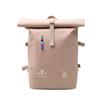 Backpacks
Backpacks  Crossbody bags
Crossbody bags 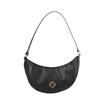 Handbags
Handbags  Shoulder bags
Shoulder bags 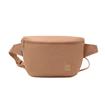 Bum & belt bags
Bum & belt bags  Shoppers & Totes
Shoppers & Totes  Laptop bags
Laptop bags  Travel bags & sports bags
Travel bags & sports bags  Clutches
Clutches  Toiletry Bags
Toiletry Bags  Cycle bags
Cycle bags 
.jpg) Hats
Hats  Scarves
Scarves  Gloves
Gloves 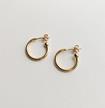 Jewelry
Jewelry 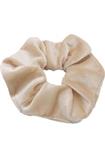 Hair accessories
Hair accessories 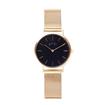 Watches
Watches  Belts
Belts  Wallets
Wallets  Sunglasses
Sunglasses  Laptop sleeves & phone cases
Laptop sleeves & phone cases  Key rings
Key rings 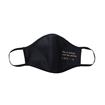 Face masks
Face masks 
 T-Shirts & Polo's
T-Shirts & Polo's  Shirts
Shirts  Jeans
Jeans  Pants
Pants  Coats & jackets
Coats & jackets  Knitted sweaters & cardigans
Knitted sweaters & cardigans  Hoodies & sweatshirts
Hoodies & sweatshirts  Underwear
Underwear  Socks
Socks  Sportswear
Sportswear  Shorts
Shorts 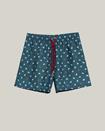 Swimwear
Swimwear  Lounge & nightwear
Lounge & nightwear  Sneakers
Sneakers 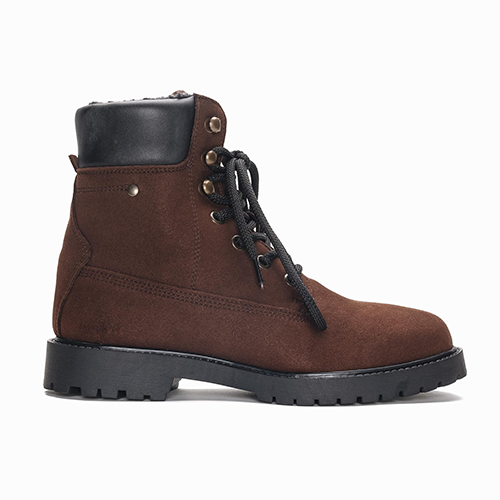 Boots
Boots  Dress shoes
Dress shoes  Hiking & Sports Shoes
Hiking & Sports Shoes  Slippers
Slippers  Loafers & mocassins
Loafers & mocassins  Flip flops & sandals
Flip flops & sandals 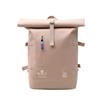
 Backpacks
Backpacks  Shoulder bags
Shoulder bags  Cotton bags
Cotton bags  Toiletry bags
Toiletry bags 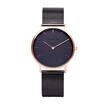
.jpg) Hats & beanies
Hats & beanies 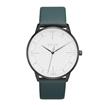 Watches
Watches  Belts
Belts  Wallets
Wallets  Ties & bow ties
Ties & bow ties  Sunglasses
Sunglasses  Key rings
Key rings 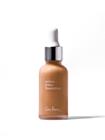
 Bronzer
Bronzer 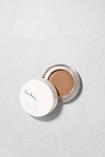 Concealer
Concealer  Powder
Powder  Blush
Blush  Highlighter
Highlighter 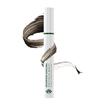
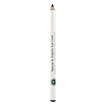 Eyeliner & eye pencil
Eyeliner & eye pencil 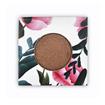 Eyeshadow
Eyeshadow 

 Lipstick
Lipstick 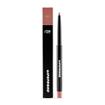 Lip liner
Lip liner 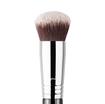

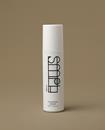 Face cleanser
Face cleanser 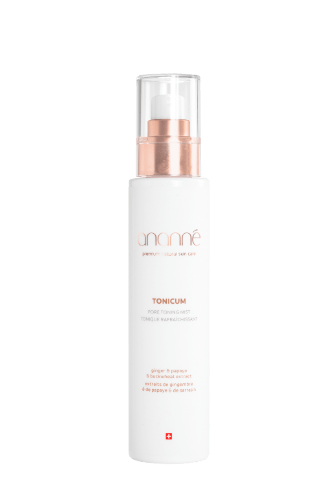 Toner
Toner 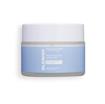 Exfoliants
Exfoliants  Serum
Serum 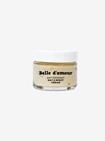 Moisturiser
Moisturiser 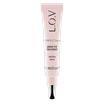 Eye cream
Eye cream 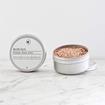 Face masks
Face masks 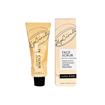 Face scrub
Face scrub  Lip balm
Lip balm 
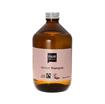 Shampoo
Shampoo  Conditioner
Conditioner 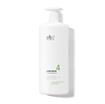 Hair care
Hair care 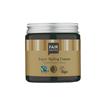 Hair styling
Hair styling 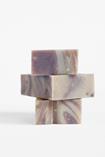
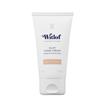 Hands & feet
Hands & feet 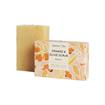 Shower
Shower  Body lotions, butters & oils
Body lotions, butters & oils  Deodorant
Deodorant  Oral care
Oral care 


.jpg) Candles & fragrance sticks
Candles & fragrance sticks .jpg) Vases & planters
Vases & planters  Lighting
Lighting .jpg) Cushions
Cushions  Other home decor
Other home decor .jpg) Furniture
Furniture 
 Tableware
Tableware .jpg) Kitchen tools
Kitchen tools .jpg) Storage jars
Storage jars 
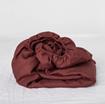 Bed sheets
Bed sheets  Duvet covers
Duvet covers 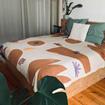 Throws & blankets
Throws & blankets 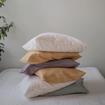 Pillow covers
Pillow covers 
 Cleaning
Cleaning 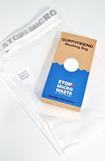 Laundry bags
Laundry bags .jpg)
.jpg)
.jpg) (Reusable) Notebooks
(Reusable) Notebooks 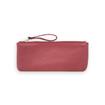 Pencil cases
Pencil cases .jpg)

 Clothing
Clothing  Shoes
Shoes  Bags
Bags  Accessories
Accessories  Toys
Toys 
 Clothing
Clothing  Accessories
Accessories  Toys
Toys .jpg)

